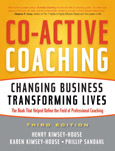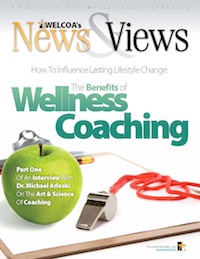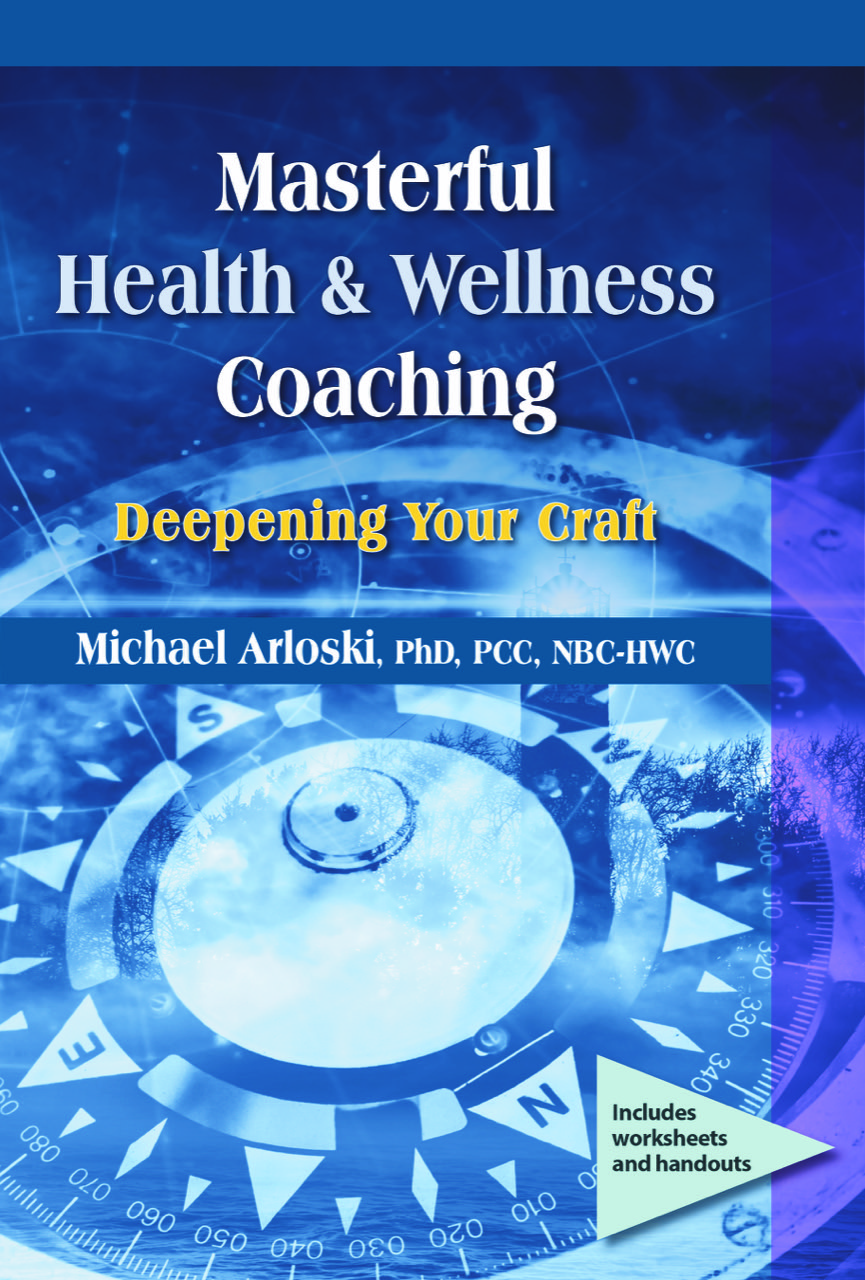The Great Utility of Coaching In The Emotional Realm

According to Plato: Human behavior flows from three main sources: desire, emotion, and knowledge.
Coaches often cautiously retreat from the affective level with their clients for fear of crossing the line into therapy. Other coaches with a professional mental health background are comfortable going in this direction, but don’t often know how to shift from a therapeutic approach to a coach approach. Unfortunately, we also find coaches who have no professional mental health qualifications who are all too eager to dive deeply into the world of emotions. In two of my previous blog posts I address the critical distinctions between coaching and counseling/psychotherapy, coaching scope of practice, and how to facilitate referrals when needed. (Process Coaching: Yes, Coaches “Do Emotions” http://wp.me/pUi2y-dL) (Coaching a Client Through To A Mental Health Referral Using The Stages of Change http://wp.me/pUi2y-lp)
There is naturally much valuable work written about emotions, from Emotional Intelligence, to Neuroscience, Positive Psychology, and more. In this post let’s focus on how a coach, especially a health and wellness coach, can enhance the coaching process by working effectively with affect.
 What the authors of Co-Active Coaching (2012) (Whitworth, et.al) call “process coaching” has been co-opted by a wide variety of writers and practitioners, each with their own disparate definitions. The definition that Whitworth, et.al, provide is worth repeating here: “Process coaching focuses on the internal experience, on what is happening in the moment. The goal of process coaching is to enhance the ability of clients to be aware of the moment and to name it… Sometimes the most important change happens at the internal level and may even be necessary before external change can take place.” Their message here for coaches is that unless we address the affective component, we often struggle to see real progress. When coach and client dance around feelings, the exploration can stay superficial and goal setting, strategies for change, etc., often lack a sufficient motivational driver. An internal barrier to change may still remain. So, how do we work with emotions and stay within our scope of practice as a coach?
What the authors of Co-Active Coaching (2012) (Whitworth, et.al) call “process coaching” has been co-opted by a wide variety of writers and practitioners, each with their own disparate definitions. The definition that Whitworth, et.al, provide is worth repeating here: “Process coaching focuses on the internal experience, on what is happening in the moment. The goal of process coaching is to enhance the ability of clients to be aware of the moment and to name it… Sometimes the most important change happens at the internal level and may even be necessary before external change can take place.” Their message here for coaches is that unless we address the affective component, we often struggle to see real progress. When coach and client dance around feelings, the exploration can stay superficial and goal setting, strategies for change, etc., often lack a sufficient motivational driver. An internal barrier to change may still remain. So, how do we work with emotions and stay within our scope of practice as a coach?
A client may speak of any manner of unresolved conflicts, a history of trauma, even abuse that they have experienced. It may be about family of origin issues, or any sort of unfinished emotional business. This does not immediately indicate the need for a referral. The reality is that many, if not most, people carry around their unfinished business such as this and function quite well. The challenge for the coach is not to take the bait of problem solving and coach seeking to resolve these old issues.
Resolution Vs. Relevance
The key here is to seek how the emotions of the client are relevant to the progress they are attempting to achieve in coaching. Perhaps a coach and client create action steps in their wellness plan composed of various self-care activities, yet the client repeatedly holds himself or herself back from engaging in these. As this is discussed in coaching, an internal barrier is identified that traces back to their family of origin. Perhaps a critical parent harshly enforced that all work must be done before one does anything for one’s self. Doing process coaching around this, the savvy coach seeks not the resolution of all of the feelings and unfinished business with that parent (be they dead or alive). Instead, they coach to help their client gain insight regarding how these past learning’s are holding them back today. If the client is able to gain such insight and translate it into action (moving ahead with self-care) then the process coaching is achieving its goal. If the client continues to only process feelings and does not gain insight or does not succeed in shifting their behavior, then, we have probably identified an issue that is significant enough to warrant the encouragement of referral to a counselor or therapist.
Putting It Into Words
Client: You know, I love this idea of taking time for myself to do just what I enjoy, but every time I do I just feel really guilty.
1) Coach: Tell me more about how this guilt shows up.
Client: Well, like last week when I said I would connect with one of my good friends on the weekend and go do something fun. The whole time we were hanging out together I kept thinking about all of the things on my to-do list at home, and how I probably should be doing things for my family instead.
2) Coach: That must have really taken some of the pleasure out of being with your friend and trying to have fun. You sound really disappointed.
Client: Yeah. I am. We were just trying to relax and enjoy the day and I was only about half into it.
3)Coach: Has that happened before, when you’ve been unable to fully enjoy the moment like that?
Client: Definitely! It seems to happen all the time. I keep thinking of what I didn’t get done around the house, and about what is still hanging incomplete at work. It’s almost like I can hear my parents, years ago, always pushing me hard to get all of my work done before I could do anything I wanted to do. They were really strict and on top of that they would forbid me to do most of the things I wanted to do anyway.
4) Coach: It must be extremely frustrating having thoughts like that get in the way today.
Client: Frustrating indeed. When I think about them, and the hard time they gave my siblings and me I really can get upset.
5) Coach: Your tough upbringing was very real. It sounds painful to remember those experiences. Tell me more about how it gets in the way of you giving yourself permission to practice more self-care.
Client: I guess it keeps me from either planning something good for myself, like how I cancelled getting a massage again last week. Or, when I’m finally out there doing something I want to do to relax and unwind, I distract myself thinking of what I ‘should’ be doing.
6) Coach: Are you hearing how you are allowing all of that history to get in your way today, in the present?
Client: Yeah. That’s exactly what I’m doing.
7) Coach: How can I support you in making your own decisions about what’s good for you?
Looking At The Coaching
In this example our coach begins (1) by requesting clarification in a very neutral way. This allows the client to go further without having to go in the direction a question would have taken them. The coach then (2) responds empathically and reflects feeling. This gives the client permission to go further into the affective level. Attempting to help the client identify a pattern (3) the coach inquires about past experience with the same thing. The coach again (4) expresses empathy and reflects feeling. The coach is conveying to the client that they can handle talking about feelings. This enhances the coaching alliance and builds trust. The coach is also not jumping into problem solving and thereby dampening down the affect. Next (5) the coach validates the client’s reality and empathizes. The coach then requests clarification but does so in a directive way that nudges the client back to relevance to their Wellness Plan. The coach follows the client’s examples (6) by not asking for details, but instead by sharing an observation in a gentle confrontation with the client. Finally (7) the coach empowers the client to own their decision making power and enquires how they can provide support. More coaching would then follow.
Reflection of Feeling
 Witnessing coaching being practiced in our Real Balance trainings and listening to hundreds of recordings of our students coaching, I can conclude that there is no doubt what coaching skill shows up the least: Reflection of Feeling. Coaching students, often blindly focus on problem solving and seem to continually make two huge blunders: 1) they forget to express empathic understanding, and 2) they seldom reflect feeling. By not doing these two things they miss tremendous opportunities to enhance the coaching process. When we do express empathy and reflect feeling we open the coaching conversation to the emotional realm. This provides a number of important advantages:
Witnessing coaching being practiced in our Real Balance trainings and listening to hundreds of recordings of our students coaching, I can conclude that there is no doubt what coaching skill shows up the least: Reflection of Feeling. Coaching students, often blindly focus on problem solving and seem to continually make two huge blunders: 1) they forget to express empathic understanding, and 2) they seldom reflect feeling. By not doing these two things they miss tremendous opportunities to enhance the coaching process. When we do express empathy and reflect feeling we open the coaching conversation to the emotional realm. This provides a number of important advantages:
Acknowledging the Affective:
1) Builds trust and builds the coaching alliance. The client knows that they have a true and courageous ally who is not afraid to deal with what the client is feeling. The client doesn’t have to hide, they can be true to themselves. When the feelings of the client are honored and met with unconditional positive regard, instead of judgment, the coaching alliance deepens.
2) Validates what is figural for the client. In the Gestalt sense of awareness, the emotional component, when strong, is often figural (in front, most aware, occupying more of one’s consciousness). If this is avoided, coach and client struggle to focus on the “background”. This is acknowledging what is “real” for the client.
3) Taps into energy! Emotion is often described as energy in motion = E-motion. When the client makes more contact with their emotion, more energy is accessed and can be utilized in the coaching process.
4) Connects with motivation! We move on what we are passionate about. We also can address the fear that often results in lack of movement. Clients are not going to progress towards action when they are frozen with fear. Affect provides the fuel that allows values and priorities to be expressed.
5) Builds self-efficacy. One of Bandura’s four ways to build self-efficacy is termed Physiological States. Emotions, moods, physical reactions and stress levels influence our levels of confidence and our own personal evaluations of our abilities. Anxiety can foster self-doubt thereby lowering self-efficacy. As we help our clients to safely contact feelings and explore their life-relevance, the client learns that they have more control over emotions, and how to interpret and evaluate their emotional states. All of this can have a positive effect on their self-efficacy. As we know, self-efficacy, the degree to which one believes that they can affect change in their life, is pivotal to success in lifestyle improvement.
Reviewing these advantages we can see that when coach and client stick to just goal setting, reporting and accountability, and steer away from the emotional element, the result is a process that diminishes the coaching alliance, focuses on what is less important, lacks energy and motivation and fails to maximally build self-efficacy.
Find out more about coaching with emotions in these recources:
Kimsey-House, H., Kimsey-House, K., Sandahl, P., Whitworth, L. (2011) Co-Active Coaching: Changing Business, Transforming Lives. 3rd Ed. Nicholas Brealey America.
Williams, P. & Menendez, D. (2015) Becoming a Professional Life Coach: Lessons from the Institute for Life Coach Training, 2nd Ed. New York: W.W. Norton & Co. pp. 202-213.








Only registered and logged in readers can leave comments.